Common Name(s): European beech, common beech
Scientific Name: Fagus sylvatica
Distribution: Europe
Tree Size: 100-130 ft (30-40 m) tall,
3-5 ft (1-1.5 m) trunk diameter
Average Dried Weight: 44.3 lbs/ft3 (710 kg/m3)
Specific Gravity (Basic, 12% MC): 0.53, 0.71
Janka Hardness: 1,450 lbf (6,460 N)
Modulus of Rupture: 15,970 lbf/in2 (110.1 MPa)
Elastic Modulus: 2,075,000 lbf/in2 (14.31 GPa)
Crushing Strength: 8,270 lbf/in2 (57 MPa)
Shrinkage: Radial: 5.8%, Tangential: 11.7%,
Volumetric: 17.9%, T/R Ratio: 2.0
Color/Appearance: Pale straw color, sometimes with a pink or brown hue. Veneer tends to be slightly darker colored, as slicing the veneer usually requires the wood to be prepared with steam, which gives the wood a more golden tone. Flatsawn surfaces tend to be somewhat plain, while quartersawn surfaces exhibit a minute ray fleck pattern.
Grain/Texture: Grain is straight; fine to medium uniform texture and moderate natural luster.
Rot Resistance: Beech is considered non-durable or perishable; poor insect/borer resistance.
Workability: Overall good workability; it machines well, and glues, finishes, and turns well. Beech also responds superbly to steam-bending. However, it does have a large amount of movement in service, so movement and wood stability must be taken into account.
Odor: No characteristic odor.
Allergies/Toxicity: Although severe reactions are quite uncommon, European beech has been reported as been reported as a sensitizer. Can cause eye, skin, and respiratory irritation, as well as nasopharyngeal cancer (with unprotected occupational exposure). See the articles Wood Allergies and Toxicity and Wood Dust Safety for more information.
Pricing/Availability: European beech is widely available across Europe, and it very economically priced within its natural range.
Sustainability: This wood species is not listed in the CITES Appendices or on the IUCN Red List of Threatened Species.
Common Uses: Lumber, veneer, flooring, boatbuilding, furniture, cabinetry, musical instruments (piano pinblocks), plywood, and turned objects.
Comments: Beech is an important and widely-used hardwood in Europe. Its hardness, wear-resistance, strength, and excellent bending capabilities—coupled with its low price—make this hardwood a mainstay for many European woodworkers. Given the right soil conditions, European beech trees can grow to very large sizes, and wide, long lumber is commonly available for use.
Beech trees can form large flared trunks with partially exposed roots, attaining trunk diameters up to 10 feet (3 meters) across, though trees harvested for commercial lumber are typically much smaller than this. Mature beech trees and their associated forests are popular areas for photography and even movie filming for their unique and picturesque appearance (see image below).
Images: Drag the slider up/down to toggle between raw and finished wood.
A special thanks to Steve Earis for providing a wood sample and turned photos of this wood species. You can see more of his work at Steve’s Wooden Skittle Pins and Balls.
Beech forest image by Mark Barnwell.
Identification: See the article on Hardwood Anatomy for definitions of endgrain features.
Porosity: diffuse porous, though sometimes closer to semi-ring-porous with visible growth ring boundaries with decreased pore frequency and size in latewood
Arrangement: solitary and radial multiples
Vessels: small to medium, numerous
Parenchyma: not visible (even with 10x lens)
Rays: medium to very wide; normal spacing; noded
Lookalikes/Substitutes: Because of its very wide rays that produce ray fleck patterns, beech can sometimes be confused with other woods with large rays, such as maple (Acer spp.) and plane (Platanus spp.). Without reference material and/or experience with wood from each genus, it can be difficult to tell the three apart. Platanus species have consistently wide rays that are apparent even on flatsawn surfaces, while rays of Acer appear very small and numerous on the flatsawn surface, while Fagus is in the middle ground with both large and small rays with less consistency.
Notes: The North American counterpart, Fagus grandifolia, is more or less indistinguishable from the European F. sylvatica.
Related Content:

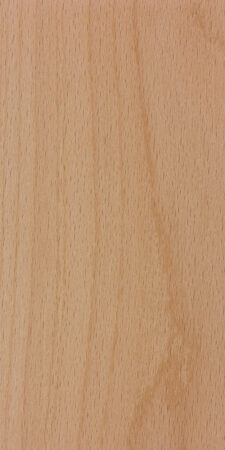
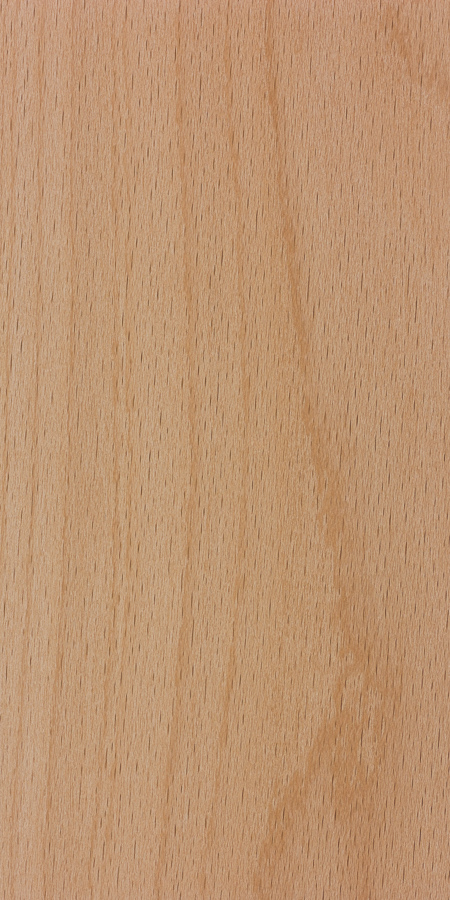
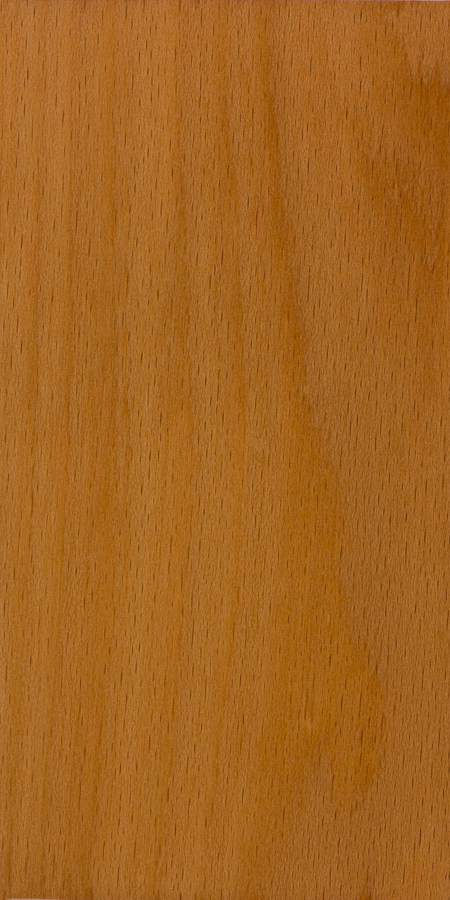
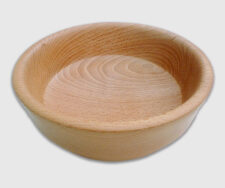
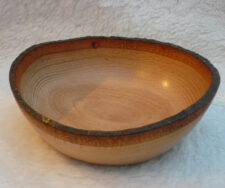
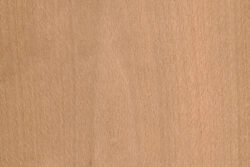
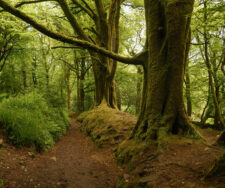
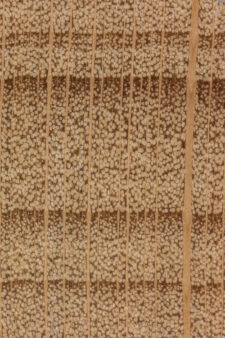

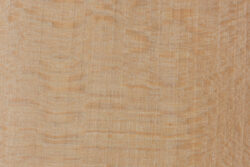
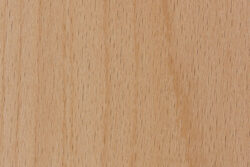

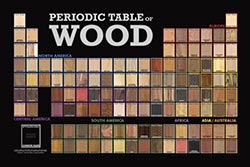






I’m interested in using E. beech for a workbench. I seem to get conflicting information when I surf the interwebs. Some say that E beech is the more stable cousin of american beech, while others say that even E. beech is unstable and will warp. I’m trying to get to the truth on the matter so I can decide whether to use it for the workbench top.
I have an 80″ × 36″ piece of basic plywood as my bench top. Before that I used it for 2+ years as a platform outside. It has never warped. However, I used 2×2 framing underneath the edge (but no where else on it) and have never had it warp. I’ve had the piece, total for 5 years.
I bought it at either Home Depot or Lowes. Can’t remember the thickness though but more than 1/2″.
European beech was THE timber of choice used to make workbenches for 100s of years so I think you will find it more than suitable!
European beech is excellent for a workbench, hard, stable, with only minimal cupping and twist in a few of the boards. Buy quality lumber that’s been dried and stored correctly and you will not have problems. I’ve made workbenches from both american beech and european beech with no problems, and would do it again. There was more waste using the american beech due to the quality of the lumber from the mill. Both of these benches will last several lifetimes if cared for. Hope this helps.
European beech was the timber of choice for one reason. It is cheap and widely available! I live in Belgium and am surrounded of beech forests!
Nice to know there are lots of beech forests there. I’m in Ohio, USA and there are limited sources for European Beech. The lumber yard that I use offers a very high quality European Beech with no knots and minimal checking/splitting at the ends. Very little waste material. The wood is comparatively hard to other wood types, I think anybody that makes a workbench from European Beech is going to be fine, if not don’t blame it on the wood!
How do beech wood fair with other woods in terms of flame spread index. Is it suitable for fire rated door use as door frame/architrave
Can it be used for counter tops?
I believe this site is incorrect about the specific gravity of european beechwood as i have researched this wood and other woods that are used for baseball bats extensively and this is the only site place saying that euro beech has a lower specific gravity then hard maple it simply isn’t true.
I think you are comparing the wrong numbers. Are you looking at BASIC specific gravity? Because this is not a good way to compare density as it is based on the green volume for the wood. This discrepancy is explained by the difference in the volumetric shrinkage of beech (having a higher shrinkage from green to ovendry) when compared to maple.
The second number listed, the 12%MC for SG, shows that the dried weights of these two woods are nearly identical. (Both at about .71, on average.)
Does the color tend to get more or less pink as it ages? We’re considering it for our hardwood floors (in SoCal) but I’m not a huge fan of the pinkish hues. Thanks.
Yes. Unless you stain it -which is certainly possible, but not ideal- beech tends to get dark pinkish with time.
I live in Maine and is the best firewood you can fine
does beech wood have a small, medium or large density
The first clue to this controversy over beech, might be it’s density.
Nothing on the wood species charts, shows a greater diversity (range) of density, than Beech.
While it’s average density is the same as many common hardwoods, like Maple;
It’s range of density is huge. 32 to 56 (lb/ft3)
Density of species is an important stat, that gets fine tuned over the years by testers.
they haven’t had much luck with beech.
which country available beech wood
I’m not sure why the American common name for this tree – copper beech – is not included, though maybe that only applies to the tree and not the lumber?
because it european beech not American beech
Are we speaking about the same wood? There is a big firm in Italy, Foppapedretti, which almost exclusively makes furniture out of beech (chairs, tables, beds, ladders), and I can assure you they are absolutely stable.
I think he has no idea what european beech(faggio) is.
The comment about “movement in service” is completely wrong. Beech is actually prized for its stability. This, in addition to its hardness, is why wooden moulding planes were made exclusively from Beech.
Beech is also used for rulers (search for it and see how many results there are), another application requiring stability.
In the United States, there’s also a lot of wooden rulers (almost always quartersawn material) made out of Hard Maple. Neither woods are that stable, IMO. If you want a truly stable and accurate ruler, metal is the way to go. Also, longitudinal shrinkage in nearly all woods is relatively low (~.1%), so it’s less likely to effect measurements anyway.
If you were to put the ruler markings across the width of a board you’d be sure to see some appreciable movement in any wood species!
I read on a woodworking forum that Euro beech moves about the same as hard maple but American beech moves alot.
Does anybody know if this is the case? I’m trying to decide on the type of wood I want to use for my workbench.
Beech was used for hand planes, not because it was stable, but because the sole actually gets very smooth as it wears. Also, as far as hardwoods go, the grain is fairly even and yields a decent amount of quartersawn material.
I’ve been building exterior doors for thirty years and have never used beech. Do you recommend against using this specie for a fairly well protected entry system I am asked to build for a new home?
the word is “species”.
What do you normally use to construct an exterior door with, Flash?